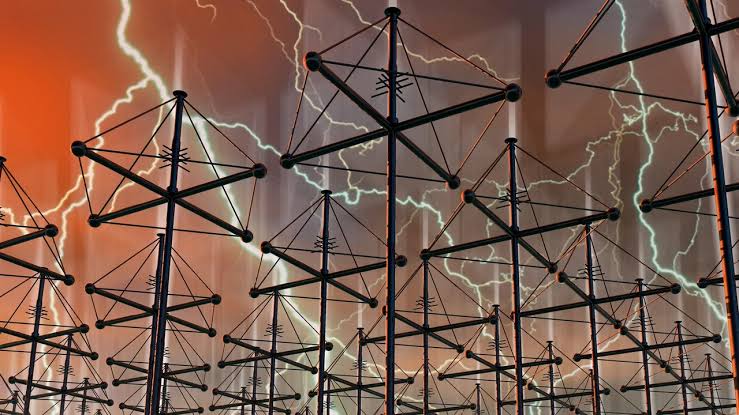EISCAT, SURA, and the Tromsø Ionospheric Heater: Exploring the Upper Atmosphere
In the realm of atmospheric research, several facilities around the world employ cutting-edge technology to probe the mysteries of our ionosphere. While HAARP in Alaska is perhaps the most well-known, others, such as EISCAT in Europe, SURA in Russia, and the Tromsø Ionospheric Heater in Norway, play crucial roles in

In the realm of atmospheric research, several facilities around the world employ cutting-edge technology to probe the mysteries of our ionosphere. While HAARP in Alaska is perhaps the most well-known, others, such as EISCAT in Europe, SURA in Russia, and the Tromsø Ionospheric Heater in Norway, play crucial roles in advancing our understanding of this dynamic layer of the Earth's atmosphere.
1. EISCAT (European Incoherent Scatter Scientific Association)
Located across Northern Europe, EISCAT specializes in incoherent scatter radar techniques. With facilities in Norway, Sweden, and Finland, it has become a prominent player in ionospheric research since its inception in 1975.
What They Do:
EISCAT's radar systems send high-frequency radio waves into the ionosphere, where they scatter off free electrons and ions. By analyzing the returned signals, researchers can infer details about the temperature, density, and velocity of these charged particles.
Why They Do It:
Understanding the ionosphere's behavior is essential for numerous reasons. It plays a role in radio wave propagation, which impacts communication and navigation systems. Additionally, studying the ionosphere helps scientists understand phenomena like the Northern Lights and how solar events affect our planet.
2. SURA
The SURA Ionospheric Heating Facility, located near the small Russian town of Vasilsursk, has been operational since 1981. This facility, comparable in some ways to HAARP, is one of the former Soviet Union's significant contributions to ionospheric research.
What They Do:
SURA transmits powerful high-frequency radio waves to temporarily excite a limited region of the ionosphere. This artificial stimulation provides insights into natural processes and phenomena occurring in this atmospheric layer.
Why They Do It:
Beyond academic interests, understanding the ionosphere has practical implications. For instance, ionospheric disturbances can affect satellite operations, GPS accuracy, and long-range communication systems. By artificially inducing these changes, SURA helps in developing strategies to mitigate such disturbances' effects.
3. Tromsø Ionospheric Heater
A part of the EISCAT association, the Tromsø Ionospheric Heater in Norway, is specifically designed to heat targeted portions of the ionosphere artificially.
What They Do:
Much like HAARP and SURA, the Tromsø facility emits high-frequency radio waves into the ionosphere. This process temporarily raises the ionosphere's temperature, allowing scientists to study its reactions and the resultant effects on wave propagation.
Why They Do It:
Inducing controlled disturbances in the ionosphere gives scientists the ability to investigate its natural processes in detail. This knowledge aids in predicting space weather events, understanding geophysical phenomena, and ensuring the robustness of our global communication infrastructure.
In Conclusion
While the tools and techniques might vary, the shared goal of these facilities is to enrich our understanding of the ionosphere. In an era where communication and navigation systems have become intertwined with our daily lives, these research endeavors are more than just academic pursuits; they are vital for our technological advancement and safety.




